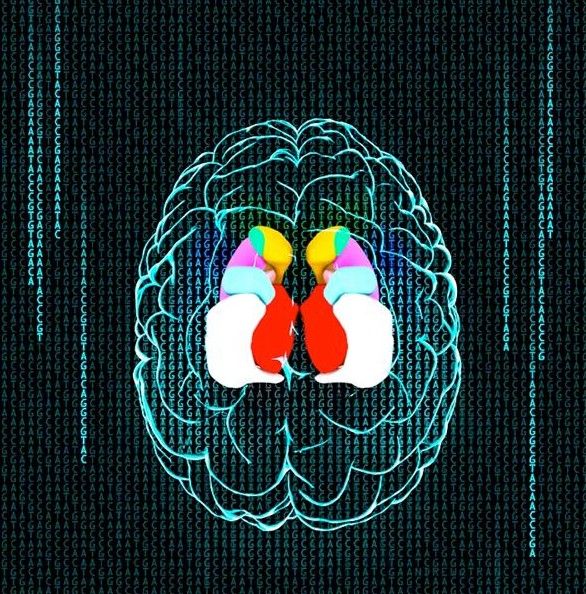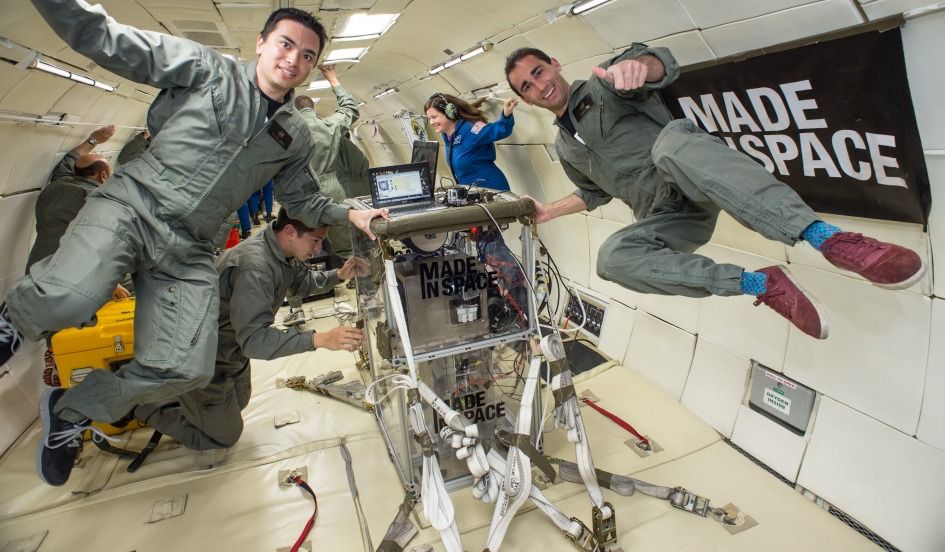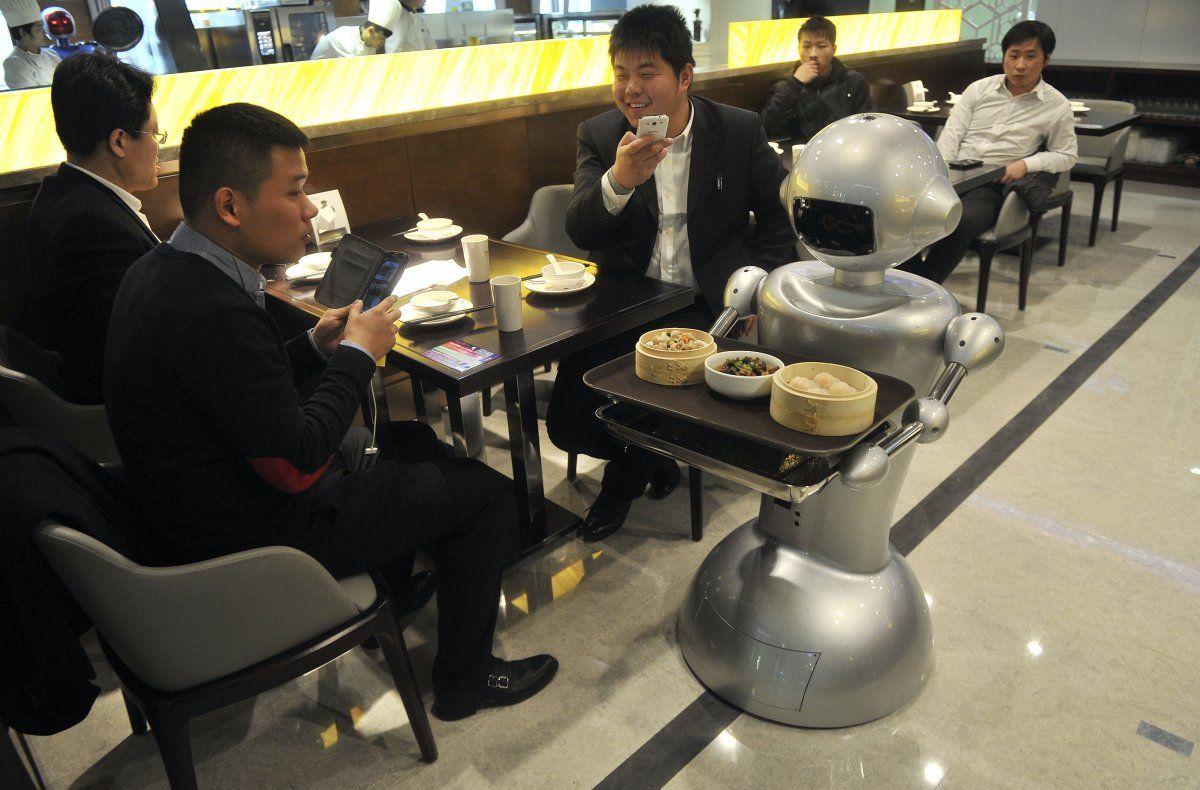Feb 13, 2015
USC neuroscientists lead global ENIGMA consortium to crack brain’s genetic code
Posted by Seb in category: neuroscience
USC Press Room

LOS ANGELES — In the largest collaborative study of the brain to date, researchers from the Keck School of Medicine of the University of Southern California (USC) led a global consortium of 190 institutions to identify eight common genetic mutations that appear to age the brain an average of three years. The discovery could lead to targeted therapies and interventions for Alzheimer’s disease, autism and other neurological conditions.
An international team of roughly 300 scientists known as the Enhancing Neuro Imaging Genetics through Meta Analysis (ENIGMA) Network pooled brain scans and genetic data worldwide to pinpoint genes that enhance or break down key brain regions in people from 33 countries. This is the first high-profile study since the National Institutes of Health (NIH) launched its Big Data to Knowledge (BD2K) centers of excellence in 2014. The research was published Wednesday, Jan. 21, in the peer-reviewed journal Nature.
Read more















